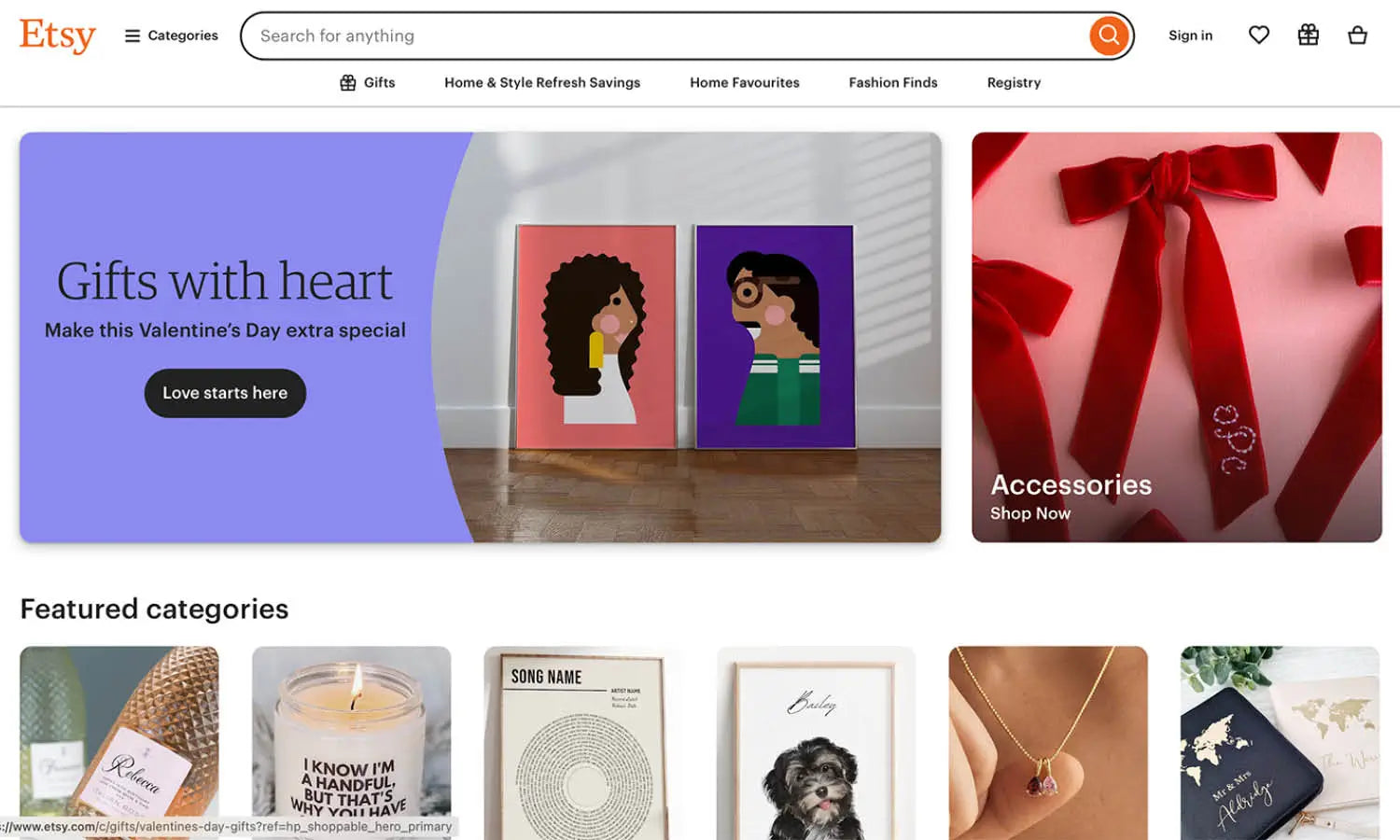How to Invoice Your Client as a Logo Designer

As a logo designer, managing the business side of your work is just as important as creating visually compelling designs. One essential aspect of this process is invoicing your client correctly and professionally. A well-structured invoice ensures that you receive timely payments while maintaining a smooth and transparent financial relationship with your client.
Many freelance logo designers struggle with invoicing, often unsure of what details to include, how to format their invoices, or when to send them. An improperly prepared invoice can lead to payment delays, confusion, or even disputes. Therefore, understanding the key components of a professional invoice is crucial for establishing trust and efficiency in your client interactions.
In this article, we will explore the essential elements of an effective invoice and provide practical guidelines to help you streamline your invoicing process. By following these steps, you can ensure that you receive payments promptly while maintaining strong client relationships.
Use A Professional Invoice Template
A professional invoice template is essential for maintaining credibility and ensuring a smooth financial transaction between you and your client. As a logo designer, your invoice should reflect the same level of attention to detail and professionalism that you apply to your design work. Using a structured template helps you organize all the necessary details while making it easy for your client to understand and process the payment.
Selecting the right invoice template is an essential step for a logo designer in ensuring their invoices are professional, clear, and in line with their brand identity. The invoice template you choose is not just a document for billing; it's an extension of your brand and a part of the client's overall experience with your services. It should reflect the same level of professionalism and creativity that you bring to your logo design projects.
Additionally, choose a invoice template example that is compatible with various devices and can be easily converted into different formats like PDF. With the increasing use of digital platforms for business transactions, having a mobile-friendly invoice is crucial.
Investing in a high-quality invoice template streamlines your workflow and enhances your business image. Whether you use design software to create your own or choose a pre-made template, ensure that your invoice looks polished and well-structured. A professional invoice not only facilitates timely payments but also strengthens your relationship with your client by demonstrating reliability and organization.
Clearly State Your Business Information
Your invoice should always include clear and accurate business information to ensure that your client knows exactly who the payment is being made to. This fundamental detail not only enhances professionalism but also prevents confusion or delays in processing the invoice. As a logo designer, you must establish credibility by presenting your business details in a structured and easy-to-read format.
At the top of your invoice, display your full name or business name, depending on whether you operate as an individual freelancer or a registered company. If you have a business logo, include it to reinforce brand identity and create a visually cohesive document. Along with your business name, provide your email address, phone number, and physical address if applicable. This information allows your client to reach you if they have any questions regarding the invoice.
If you operate under a business entity or have a tax identification number, include it to maintain compliance with tax regulations. Additionally, ensure that your business details are consistent across all invoices to avoid discrepancies. A well-structured invoice with accurate business information reassures your client that they are dealing with a legitimate professional.
Include The Client’s Information
Including your client’s information in your invoice is essential for ensuring clarity and professionalism in your financial transactions. As a logo designer, properly identifying your client helps prevent delays, miscommunication, or errors in payment processing. A well-structured invoice should always contain accurate details about the client to ensure a smooth and efficient billing process.
Your invoice should include the client’s full name or business name, depending on whether you are working with an individual or a company. If your client operates under a business entity, be sure to use the correct registered name. Additionally, provide their contact details, including an email address, phone number, and physical or billing address. This information ensures that the invoice reaches the appropriate recipient and facilitates easy communication in case of any inquiries.
If your client has a specific department or accounting contact responsible for payments, address the invoice to the correct person. This minimizes the risk of payment delays and ensures that your invoice is processed efficiently. Some clients may also require a tax identification number or other legal details, so be sure to check their invoicing policies in advance.
Accurately listing the client’s information adds a layer of professionalism to your invoice and establishes clear documentation of your transaction. It also helps both you and the client maintain organized records for future reference.

Assign A Unique Invoice Number
Assigning a unique invoice number to each invoice is a crucial step in maintaining organization and tracking payments effectively. As a logo designer, you will likely handle multiple projects for different clients, making it essential to have a systematic approach to numbering your invoices. A well-structured invoice number ensures that each transaction is easily identifiable, reducing the risk of confusion or misplaced payments.
An invoice number serves as a unique reference for both you and your client. It helps streamline financial record-keeping and allows for quick retrieval of past invoices if needed. The numbering system you choose should be consistent and easy to follow. Many designers use a simple sequential numbering system such as “001,” “002,” and so on. Others prefer a more detailed approach, incorporating the date, client initials, or project codes, such as “2025-001-LD” for a logo design project.
Using a structured invoice numbering system also makes tax filing and financial reporting more efficient. If you ever need to track outstanding payments or follow up with a client regarding an invoice, a unique number simplifies the process. Additionally, some clients may require specific invoice references for their internal records, making it even more important to assign clear and traceable numbers.
Specify The Invoice Date
Including the invoice date on your invoice is a critical step in ensuring clear communication and timely payment. As a logo designer, specifying the exact date of the invoice helps establish a reference point for both you and your client. This date serves as an official record of when the invoice was issued, making it easier to track payments and maintain organized financial documentation.
The invoice date is particularly important when working with clients who have specific payment terms. Many businesses operate on a Net 15, Net 30, or Net 60 basis, meaning payments are due 15, 30, or 60 days after the invoice date. By clearly stating the invoice date, you ensure that your client knows when their payment is due and can plan accordingly. Without this information, there may be confusion regarding deadlines, leading to potential delays in receiving your payment.
It is also a good practice to ensure that the invoice date is formatted consistently across all your invoices. Using a standard format such as “January 11, 2025” or “11/01/2025” helps avoid misunderstandings, especially if you work with international clients who use different date conventions.
Outline The Services Provided
Clearly outlining the services provided on your invoice is essential for maintaining transparency and ensuring that your client understands what they are being billed for. As a logo designer, your invoice should include a detailed breakdown of the work completed, making it easy for your client to verify the charges and process payment without confusion.
Each service should be listed in a structured manner, specifying what was delivered and any relevant details. For example, instead of simply stating “Logo Design,” you can provide more clarity by listing “Custom Logo Design – Includes Three Initial Concepts and Two Rounds of Revisions.” This level of detail helps prevent misunderstandings and ensures that your client acknowledges the full scope of the work completed.
If the project involved multiple services, such as branding materials, additional design elements, or extra revisions, each should be listed separately. Providing itemized details allows your client to see the value of the work performed and understand how the total amount was calculated.
Additionally, outlining the services provided helps protect both you and your client by serving as a documented record of the agreed-upon work. If any disputes arise regarding payment or the scope of work, a well-documented invoice serves as proof of the completed services.
Break Down Pricing Details
Providing a clear breakdown of pricing details on your invoice is essential for ensuring transparency and avoiding disputes. As a logo designer, itemizing your charges allows your client to understand exactly what they are paying for, making the invoicing process smoother and more professional.
Each service should be listed separately with a corresponding price. For example, instead of listing a single total amount, break it down into individual components such as “Custom Logo Design – $500,” “Brand Identity Package – $800,” or “Additional Revisions – $50 per revision.” This level of detail helps justify costs and demonstrates the value of your work.
If you charge an hourly rate, specify the number of hours worked and the rate applied. For example, “Logo Refinement – 3 hours @ $75/hour – $225.” If you offer fixed-price packages, clearly state what is included in each package to avoid misunderstandings.
Additionally, if there are any extra charges, such as rush fees or printing costs, list them separately to maintain clarity. Taxes, if applicable, should also be indicated to ensure the final total reflects all required charges. A transparent pricing structure not only builds trust with your client but also reduces the likelihood of delayed payments due to confusion.

Mention Payment Terms And Due Date
Clearly stating payment terms and the due date on your invoice is crucial for ensuring timely payments and avoiding misunderstandings. As a logo designer, setting clear expectations helps maintain a smooth financial relationship with your client and minimizes the risk of late payments.
Your payment terms should specify when the payment is due. Common options include “Due Upon Receipt,” “Net 15” (due within 15 days), “Net 30” (due within 30 days), or a custom timeframe agreed upon with your client. Choosing appropriate terms based on your workflow and financial needs ensures a steady cash flow for your business.
In addition to setting the due date, clarify the accepted payment methods. Specify whether you accept bank transfers, PayPal, credit card payments, or other digital payment platforms. Providing multiple payment options increases the likelihood of receiving payments promptly.
If you charge late fees for overdue invoices, mention the penalty clearly in your payment terms. For example, you may state, “A late fee of 5% will be applied for payments received after the due date.” This encourages clients to pay on time and helps prevent financial setbacks. Well-defined payment terms create a professional invoicing structure that benefits both you and your client.
Specify The Accepted Payment Methods
Clearly specifying the accepted payment methods on your invoice is essential for ensuring a smooth transaction process. As a logo designer, offering multiple payment options makes it easier for your client to complete the payment promptly and without complications.
Your invoice should include a section that lists all the payment methods you accept. Common options include bank transfers, PayPal, credit or debit card payments, Stripe, and digital wallets such as Venmo or Wise. If you work with international clients, consider specifying which currencies you accept and whether there are any additional processing fees.
If you prefer direct bank transfers, provide the necessary banking details, including your account number, bank name, and SWIFT or IBAN codes for international transactions. For digital payment platforms, include your registered email address or payment link to facilitate a quick transfer.
Additionally, if you use invoicing software, check if it allows embedded payment options, which enable clients to pay directly through the invoice. This feature simplifies the payment process and can help reduce delays.
To avoid confusion, state whether partial payments or payment plans are accepted, along with any transaction fees the client may need to cover. Providing clear payment instructions ensures a hassle-free process and minimizes follow-ups regarding payment issues.
Attach Any Necessary Supporting Documents
Attaching necessary supporting documents to your invoice adds an extra layer of professionalism and clarity to your transaction. As a logo designer, including relevant documentation helps your client verify the work completed and ensures that all agreed-upon terms are met.
One of the most common supporting documents to include is the project contract or agreement. This document serves as proof of the initial terms, detailing the scope of work, pricing, payment terms, and deadlines. Attaching it alongside the invoice ensures that both parties remain aligned on expectations.
If the project involved multiple design concepts or revisions, you may also include a summary of approved deliverables. For example, if the client selected a final logo version from several options, attaching a final proof or approval email can provide additional clarity.
For corporate clients or businesses that require detailed records, including a work summary or timesheet (if charging hourly) can justify the costs outlined in the invoice. Some companies may also request tax-related documentation, such as a W-9 form for U.S.-based freelancers, so be sure to include it if needed. Additionally, if you have incurred expenses on behalf of the client, such as font licenses or stock images, attach the corresponding receipts to ensure transparency.
Providing these supporting documents strengthens your professionalism and eliminates potential disputes. By ensuring all necessary files are attached, you create a clear and organized invoicing process that benefits both you and your client.
Conclusion
Creating a well-structured invoice is essential for maintaining professionalism and ensuring timely payments as a logo designer. A clear and detailed invoice helps your client understand the services provided, the pricing breakdown, and the payment terms. By including essential elements such as business and client information, an invoice number, payment methods, and supporting documents, you streamline the invoicing process and minimize potential disputes. Consistency and transparency in your invoicing practices build trust with your client and enhance your credibility. By following these guidelines, you can create a seamless invoicing system that supports your business growth and financial stability.
Let Us Know What You Think!
Every information you read here are written and curated by Kreafolk's team, carefully pieced together with our creative community in mind. Did you enjoy our contents? Leave a comment below and share your thoughts. Cheers to more creative articles and inspirations!
















1 comment
This was really informative and a great read. Thank you kindly.
Que Brand Media
Leave a Comment